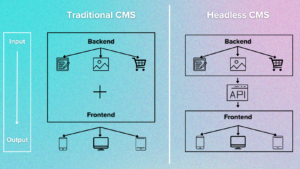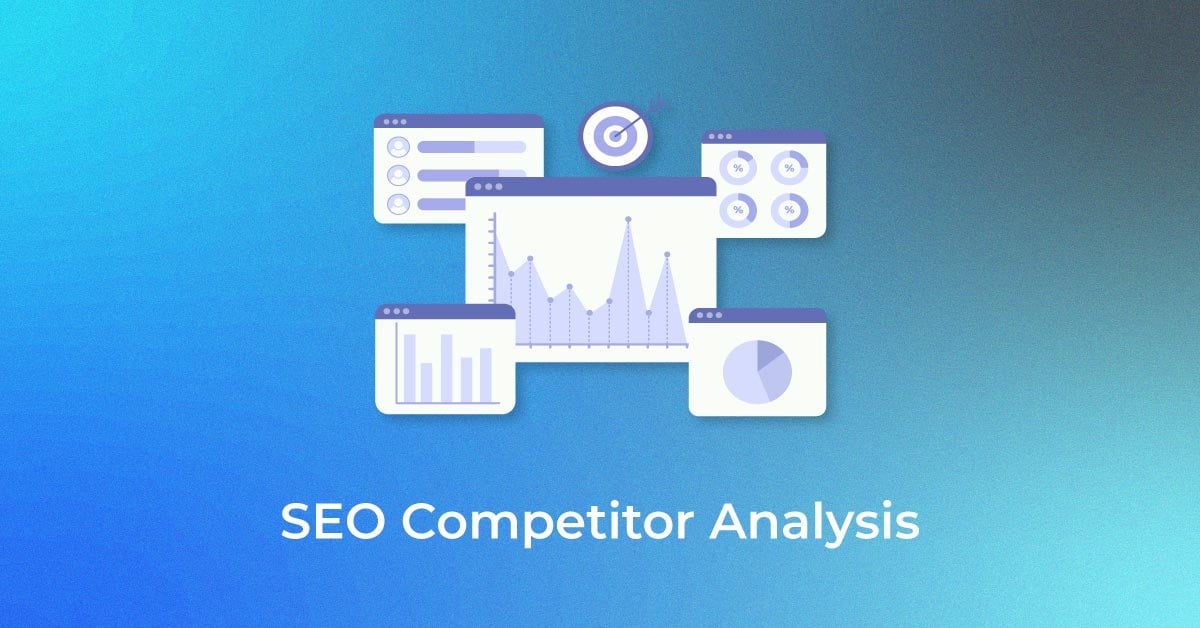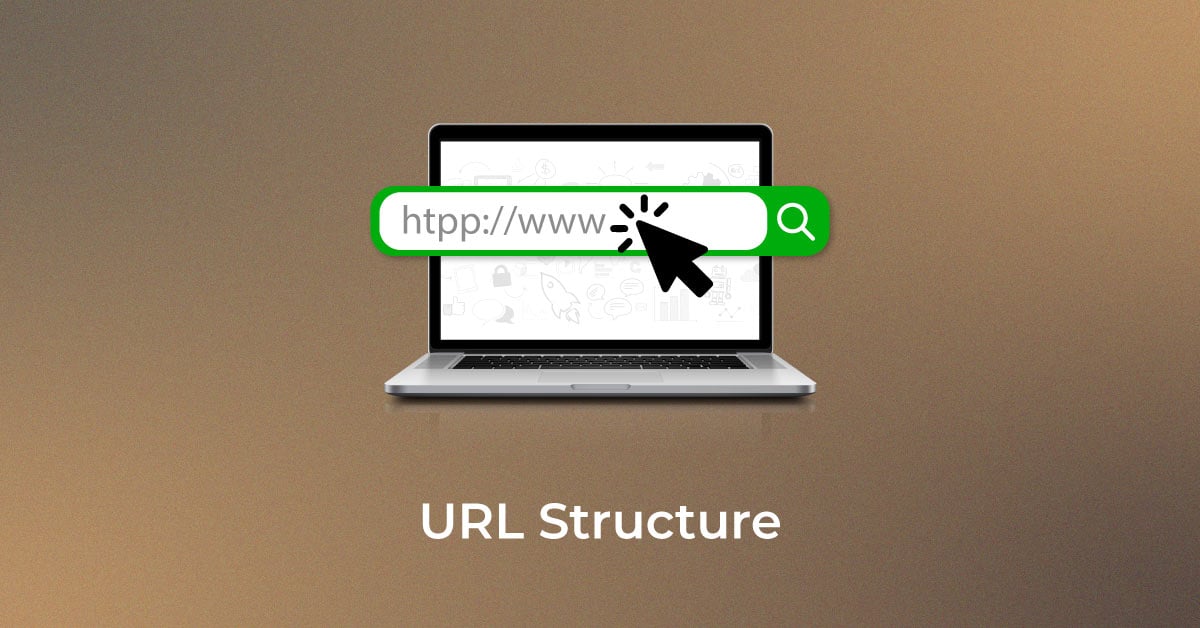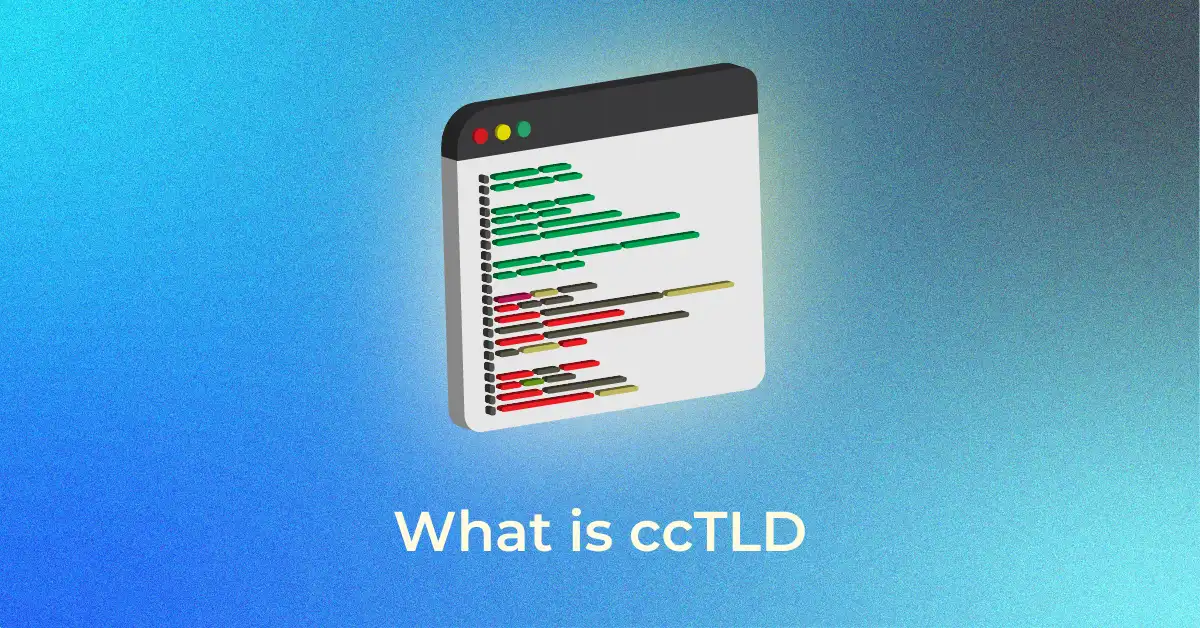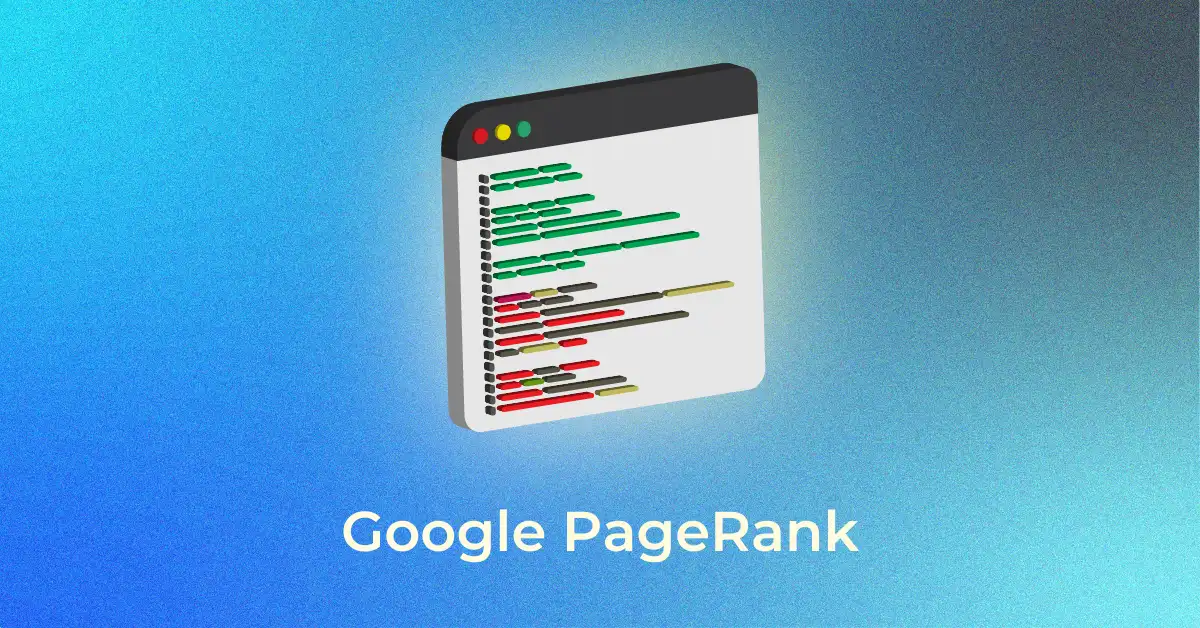Envision a universe where content is not confined to just one site or format. Imagine an interconnected digital landscape that allows you to write a blog post, product description, or marketing message just once and seamlessly deliver it across your website, mobile app, smartwatch, and even voice assistants. The secret behind this is the headless CMS.
However, what “headless CMS” really means and why it is becoming so popular in the digital sphere are questions that we should address. Lace up your boots, content creators and engineers, because this article is going to dive into the headless revolution.
Contrary to traditional CMS, which operates like a vault, storing data without templates, a headless CMS is a content-focused storage system. It stores your content—be it texts, images, or videos—and delivers it to any platform of your choice, such as websites, mobile applications, or even smartwatches, using an API. Think of it as a content brain feeding information to any digital body. This freedom allows developers to build unique, omnichannel experiences and marketers to update content independently, all while enjoying scalability and security. However, it requires more technical knowledge and often comes with higher upfront costs compared to traditional CMS options.
Headless vs. Traditional CMS: Key Differences
Headless CMS:
- Decoupled: Separates content from presentation (websites, apps).
- API-driven: Delivers content via APIs, not through templates.
- Flexible: Uses content on any platform/device with API access.
- Scalable: Easily handles large volumes of content and traffic.
- Technical: Requires more developer expertise.
- Expensive: Often has higher upfront costs.
Traditional CMS:
- Coupled: Content and presentation are integrated.
- Template-based: Limits presentation options.
- Web-focused: Primarily for websites.
- Less scalable: May struggle with high traffic/content volumes.
- User-friendly: Easier to set up and use.
- Affordable: Often lower initial costs.
Choose a headless CMS if:
- You need flexibility and scalability across platforms.
- You crave cutting-edge, custom user experiences.
- You have developers comfortable with APIs.
Choose a traditional CMS if:
- You prioritize ease of use and affordability.
- Your needs are primarily website-based.
- You have limited technical expertise.
Headless CMS and the SEO Advantage
While headless CMS offers numerous benefits, its impact on SEO deserves special attention. Here’s how it empowers content creators and developers to climb the search engine ladder:
1. Technical SEO Bliss:
Flexible URL structures: Ditch rigid, templated URLs for SEO-friendly structures with relevant keywords.
Fast loading times: Headless architectures often excel in performance, which search engines favor.
Structured data markup: Easily implement structured data to enhance search engine understanding of your content.
Mobile-first approach: Headless solutions naturally facilitate responsive design, crucial for mobile SEO.
2. Content Optimization Prowess:
Dynamic meta descriptions and titles: Tune these elements for every piece of content to maximize click-through rates.
Canonical tags: Avoid duplicate content on your website that could harm your SEO.
Internationalization and localization: Improve global followings by managing content in various languages.
Content freshness: Without a headless architecture, keeping your site dynamic and fresh is a real challenge, which is much needed to be appealing to search engines.
3. Developer and Content Collaboration:
SEO-specific fields: Headless CMS often provides dedicated fields for meta descriptions, title tags, and other SEO factors.
API integrations: Integrate SEO tools and analytics directly into your workflow, streamlining optimization efforts.
Clear separation of concerns: Developers can focus on building the best frontend experience, while content creators optimize for search engines without hindering development.
4. Omnichannel Content Strategy:
Consistent brand messaging: Deliver high-quality, optimized content across all platforms, building brand trust and authority.
Structured content management: Create content schemas that ensure consistency and easier optimization across diverse platforms.
Location-based targeting: Deliver geographically relevant content for improved local SEO results.
5. Future-Proof SEO Strategy:
Technology agnostic: Headless solutions aren’t tied to specific frontend technologies, ensuring your SEO efforts remain relevant even if your tech stack evolves.
Content portability: If you ever switch platforms, your optimized content remains easily accessible and transferable.
Conclusion
The headless revolution has arrived, and brands are now aware of the enduring power that enables them to produce extraordinary content experiences and reign supreme in SEO. While the technical aspects might seem daunting, the payoff is undeniable: adaptability, expandability, and the capacity to deliver well-optimized content for a wide range of platforms.
Conversely, navigating without a traditional framework is not for everyone. If you want to avoid the complexities of setting up a highly interactive website or are focused only on one platform, a traditional CMS might be better. Nonetheless, for those seeking avant-garde options and SEO supremacy, a headless solution will be the key to exceptional content availability and positioning your brand at the top of the search results.
In the end, the choice is yours. Ensure you have the time, money, and technical skills for this venture. Decide and embark on the path that enables you to produce engaging content, achieve high ranks, and ultimately boost your brand’s image.
Popular Searches
How useful was this post?
5 / 5. 1











